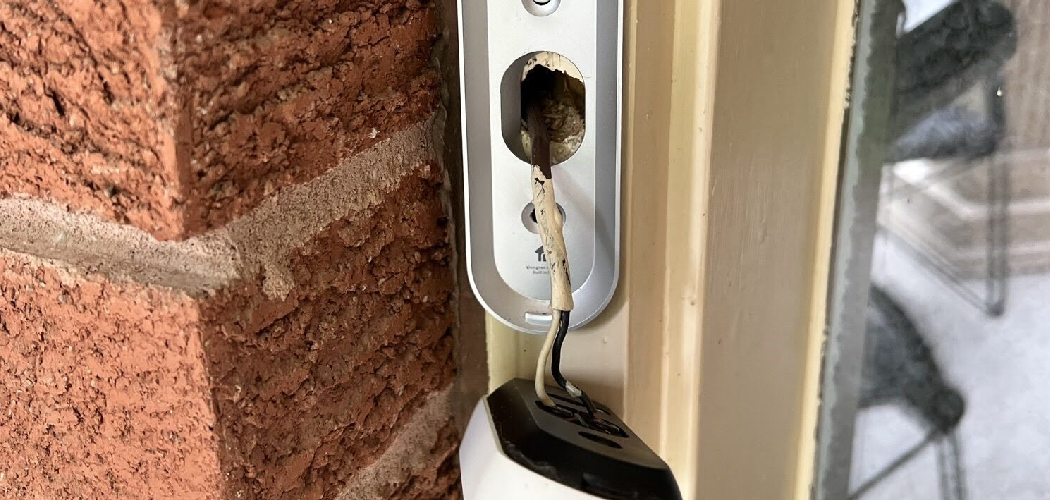Extending doorbell wires may be necessary when the doorbell needs to be relocated or its installation enhanced for better coverage and accessibility. Whether you’re moving a doorbell to a new location or integrating it with other smart home systems, adjusting the wiring is often a crucial step.
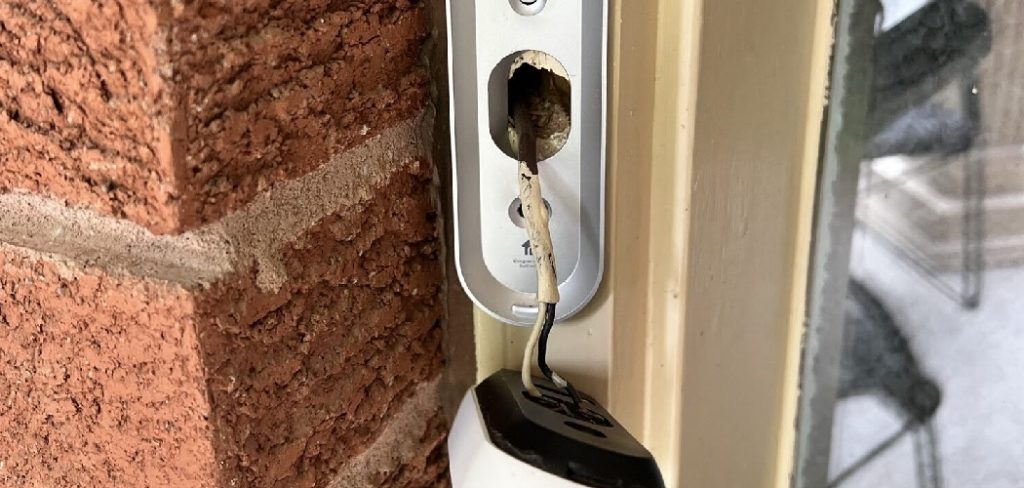
This task becomes essential in situations such as repositioning the doorbell for more convenient access, upgrading to a modern unit requiring additional wire lengths, or connecting supplementary components like an additional chime or video unit. These adjustments can help improve functionality and ensure reliable operation.
This document aims to provide a comprehensive guide on how to extend doorbell wires safely and effectively. It includes detailed instructions on the tools required, step-by-step methods for extending the wires, and crucial safety tips throughout the process. Following this guide will ensure a successful extension of doorbell wiring in varied scenarios.
Understanding Doorbell Wiring
Types of Doorbell Wires
Low-Voltage Wires: Doorbell systems typically use low-voltage wires, often 16-18 gauge. These wires are designed to carry the reduced voltage necessary for the doorbell system, ensuring safe operation throughout your household.
Two-Wire Systems: Many doorbell installations utilize a simple two-wire system. In this configuration, one wire carries power to the doorbell while the other serves as a return path. This straightforward setup is adequate for most basic doorbell functions.
Components Involved
Doorbell Transformer: The doorbell transformer is a crucial component, as it converts standard household voltage (usually 120 volts) down to a lower voltage suitable for the doorbell (often around 16-24 volts). This ensures that the system operates efficiently without causing energy wastage or safety hazards.
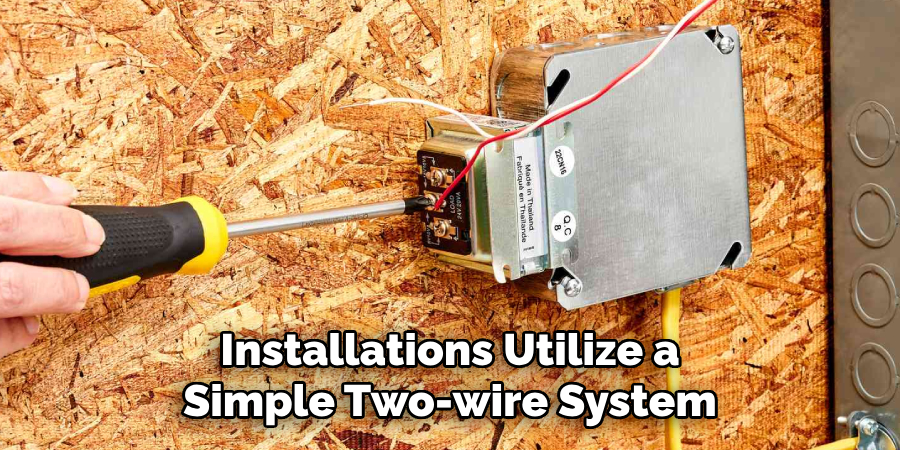
Doorbell Chime: Acting as the notification element, the doorbell chime receives the electric signal when the doorbell button is pressed, producing the chime sound. The chime is an integral part of the communication pathway within the system.
Safety Considerations
Working with doorbell wiring demands attention to safety. Before engaging with any electrical components, it is imperative to turn off the power at the circuit breaker. This precaution helps prevent potential electrical shocks or unintended damage to the system during maintenance or installation.
Tools and Materials Needed
When extending doorbell wires, having the right tools and materials on hand is crucial for a smooth and safe installation process. Below is a detailed list of the essential and optional items you will need:
Tools:
- Wire Cutters: These are essential for accurately cutting the doorbell wire to the desired length.
- Wire Strippers: These are used to easily remove insulation from the ends of the wires, allowing for clean and efficient connections.
- Screwdrivers: Required for removing and securing doorbell components, ensuring they are properly fastened.
- Electrical Tape: Utilized for insulating and securing wire connections, providing an extra layer of safety and stability.
Materials:
- Doorbell Wire: Purchase additional wire of the same gauge as the existing wire to maintain consistency and ensure proper functionality.
- Wire Connectors: Securely join wires with wire nuts or twist-on connectors, preventing disconnections and maintaining a stable connection.
- Wire Staples: Secure the wire neatly along walls or surfaces, avoiding tangles and ensuring a tidy installation.
Optional Tools:
- Voltage Tester: Highly recommended for confirming that the circuit is off before proceeding with any electrical work, ensuring your safety.
- Drill: Necessary for creating holes if you need to run wires through walls, aiding in the smooth extension of the wiring.
Adequate preparation with these tools and materials will help facilitate a safe and efficient doorbell wire extension process.
How to Extend Doorbell Wires: Extending Doorbell Wires
Extending doorbell wires requires a few careful steps to ensure a successful and safe installation. This section will guide you through the entire process.
A. Preparing the Existing Wires
Step 1: Turn Off Power
- Safety is paramount. Begin by turning off the power to the doorbell circuit at the breaker box. This will prevent any electrical accidents while you work with the wiring.
Step 2: Remove Existing Wire
- Disconnect the existing doorbell wire from both the doorbell button and the chime. Use a screwdriver to carefully loosen and remove the connections, ensuring no damage to the wire or components.
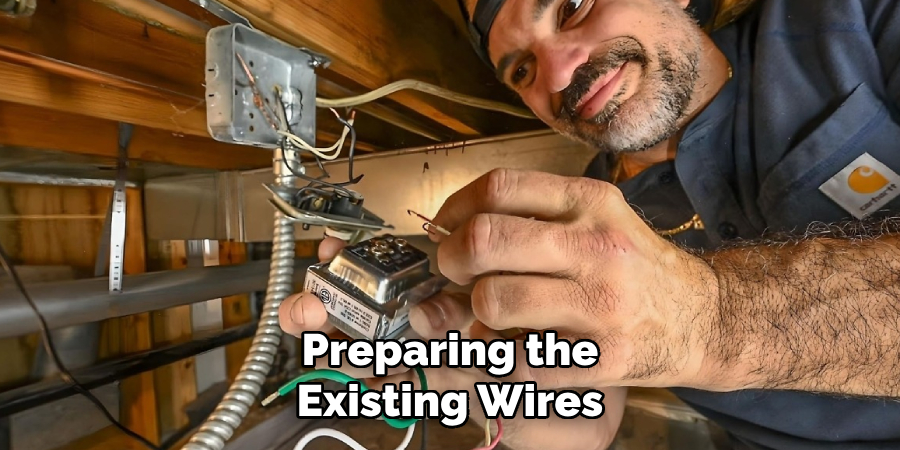
Step 3: Strip the Wires
- Use wire strippers to carefully strip about 1/2 inch of insulation from the ends of the existing wires. This ensures that the wires have clean, exposed ends for connecting to new wires.
B. Adding New Wire
Step 1: Measure and Cut New Wire
- Determine the necessary length of new wire required to reach the new location or enhance the existing setup. Cut the new wire to this measured length using wire cutters.
Step 2: Strip the New Wire
- Just like the existing wires, strip about 1/2 inch of insulation from the ends of the new wire to prepare them for connection.
Step 3: Connect the Wires
- Twist-On Connectors: Twist the stripped ends of the existing wire together with the new wire ends. Secure this connection using a twist-on wire connector to hold the wires tightly together.
- Wire Nuts: As an alternative, use wire nuts to join the wires. Twist the ends together, then secure them by screwing on a wire nut.
Step 4: Secure the Connections
- Wrap electrical tape around the wire connectors for extra insulation and protection, which helps prevent the wires from coming loose and guards against moisture or other environmental factors.
C. Reinstalling and Testing
Step 1: Reconnect the Doorbell Components
- Attach the extended wire to the doorbell button and chime. Ensure all connections are tight and that no wires are left exposed, which could lead to shorts or failures.
Step 2: Test the Doorbell
- Turn the breaker back on to restore power to the doorbell circuit. Press the doorbell button to check that the system is operating correctly and that the chime sounds as expected.

Step 3: Secure the Wire
- Use wire staples to neatly secure the wire along walls or other surfaces, keeping them tidy and protected from physical damage. Ensure that the wire is not pinched or overly tight.
Following these instructions carefully will ensure that your doorbell wire extension is successful, safe, and reliable, enhancing your doorbell system’s functionality and aesthetic integration.
Troubleshooting Common Issues
You may encounter a few common issues with your doorbell system after following the installation steps. Here’s how to address them:
Doorbell Not Working
Step 1: Check Connections
- Ensure all wire connections are secure and properly insulated. Verify that no wires are loose or disconnected, as these can disrupt the circuit and prevent the doorbell from operating.
Step 2: Test Voltage
- Use a voltage tester to check if the doorbell transformer is supplying the correct voltage. A lack of or low voltage can prevent the system from functioning. If the voltage is inadequate, consider replacing the transformer.
Intermittent Operation
Step 1: Inspect Wire
- Check for any visible damage or kinks in the wire that may affect performance. Damaged wires can lead to inconsistent connectivity and interrupted operation.
Step 2: Verify Power Supply
- Ensure the circuit breaker is supplying power and the transformer is functioning correctly. An intermittent power supply can cause erratic doorbell operation.
Wire Shortage
Step 1: Add Additional Wire
- If the wire length is insufficient, add extra wire and repeat the connection process as needed. Ensure all new connections are secure and the additional wire is properly insulated and free of damage.
By systematically addressing these issues, you can restore the functionality of your doorbell system and achieve flawless operation.
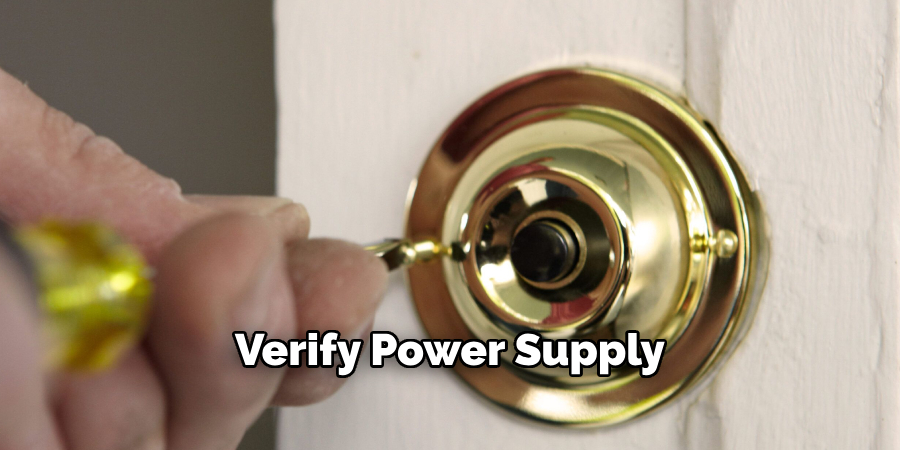
Safety Tips
When extending doorbell wires, safety must always be your top priority. Here are some important tips to keep in mind:
Always Turn Off Power: Before working on the doorbell wiring, ensure the power is off at the circuit breaker. This step is crucial to prevent electrical shocks or accidents.
Use Proper Tools: Employ insulated tools and appropriate wire connectors to minimize the risk of electrical hazards. These tools help ensure your safety during the installation process.
Inspect Work Regularly: After completing the wiring extension, periodically check the extended wires and connections to ensure they remain secure and in good condition. Regular inspections can help you identify potential issues early.
Consult a Professional: Electrical work can be complex and dangerous. If you have any doubts or lack confidence in your ability to handle the task, it’s wise to consult a licensed electrician to ensure a safe and proper installation.
Conclusion
Extending doorbell wires may seem daunting, but following a series of straightforward steps can simplify the process. First, prepare by turning off the power and safely removing the existing wires.
Next, connect the new wire by measuring, cutting, and stripping the insulation, then join the wires using connectors. Finally, the system can be tested by reconnecting components and securing all connections. Ensuring that you follow these steps correctly will facilitate the proper extension of your doorbell wires.
You’ll ensure the system functions correctly and efficiently in its new location by extending your doorbell wires. Remember, learning how to extend doorbell wires with the right tools and precautions can result in a seamless installation. By adhering to these guidelines, you can confidently accomplish this task and maintain a reliable doorbell system for your home.

